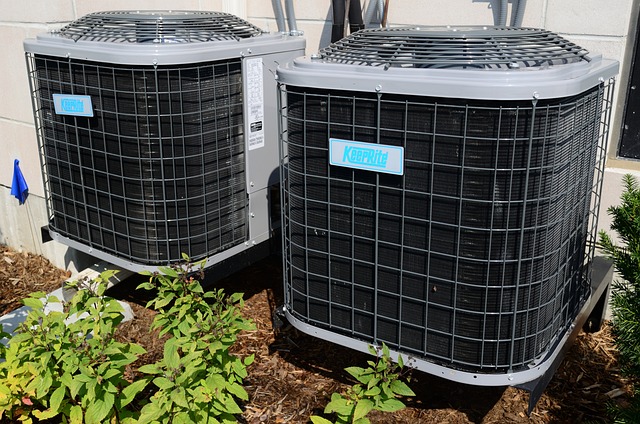If you’re looking to live a healthy life, then you also need to make your home healthy. There are a variety of things you can change in the home to make it better suited to your health and well-being, but we don’t spend as much time talking about or thinking about our air quality, despite how ubiquitous it is.
After all, the air is all around us, and we’re constantly exposed to it, breathing it in. You don’t need to jump to any assumptions or conclusions, but it’s always worth being aware of the risk of pollutants, contaminants, and allergens in the air. Here are a few examples that you should be keeping an eye out for.

Dirt, dust, and dander
The biggest risk to your air quality is simply if your home isn’t quite as clean as you think it is. This isn’t a judgment on anyone’s cleaning abilities. It’s more that fabrics require more care than we typically think. Vacuuming and dusting aren’t enough, you need to make sure that you know how to properly clean your soft furnishings, curtains, rugs, bedsheets, and more. Otherwise, these can trap in a lot of dust and typically release them more slowly, affecting the air quality gradually, making it more likely that respiratory illnesses are going to worsen.
Animals and pests
If you have any pets at home, then you have to ensure that you’re giving them the appropriate level of grooming care for how much dander they’re likely to leave around. Pet hair and dander can become a serious problem with air quality if you rarely take care of them, which can make the home a no-go zone for anyone with allergies, sensitivities, or even conditions like asthma. Pests are much worse in this regard since they typically stay hidden. Check with a pest control team like Cayce Exterminating for signs that you might have a pest in your home if you have any suspicions.
Your own HVAC systems
Your heating, ventilation, and air conditioning are supposed to help you maintain your own health by keeping the airflow moving around the home. However, over time, your AC and ventilation might be forced to work harder by the everyday presence of dust, dust mites, fur, and other contaminants in the home. This can lead to dust and pollutants getting caught in these very same structures throughout the home, which can make them much less effective at their job. Getting them maintained at least once a year should stop them from becoming a source of concern.
Asbestos
If you live in an older building, then asbestos should be the very first threat that you check out, not only because it was used exceedingly often in constructing old buildings, paint, and tiles, but because the risk it poses is amongst the most fatal: being a common cause of the lung cancer type mesothelioma. An environmental consulting firm can pinpoint the presence of asbestos in the home and get rid of it in a way that is environmentally conscious while making sure no trace of it is left in the home. Don’t let asbestos be a question in your home.
Radon
Although not quite as common as asbestos, radon was often used in bedrock as part of the construction process but has since been linked to a host of health problems, especially since it can build up within the walls and other rarely aired spaces of the home. Ventilating your crawlspace can help to release any radon trapped in the home, releasing it to the outside air where it’s not likely to do any harm. This will also dilute the radon below the home until it becomes less harmful.
Fragrances
Nowadays, there are all kinds of fragrances, including deodorizers and air fresheners that are ostensibly designed to make the home a more pleasant place to be. However, there are chemicals within these sprays that aren’t as highly regulated as many think that they should be, and they can make indoor air quality a lot worse, especially if they are overly used. There are a lot more air quality-friendly ways to freshen up the home, such as using essential oils or even lighting an aromatic candle. Be wary of spraying chemicals around the home.
With the tips above, hopefully, you’re a little more aware of the risk of poor air quality in the home, where it can come from, and what you can do about it. There’s always a solution, you just need to look for it.